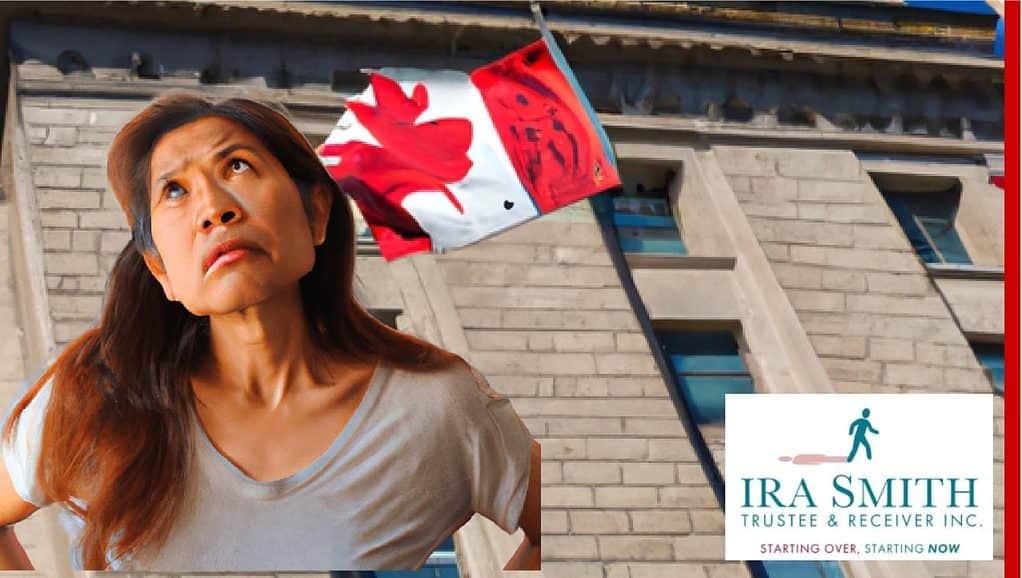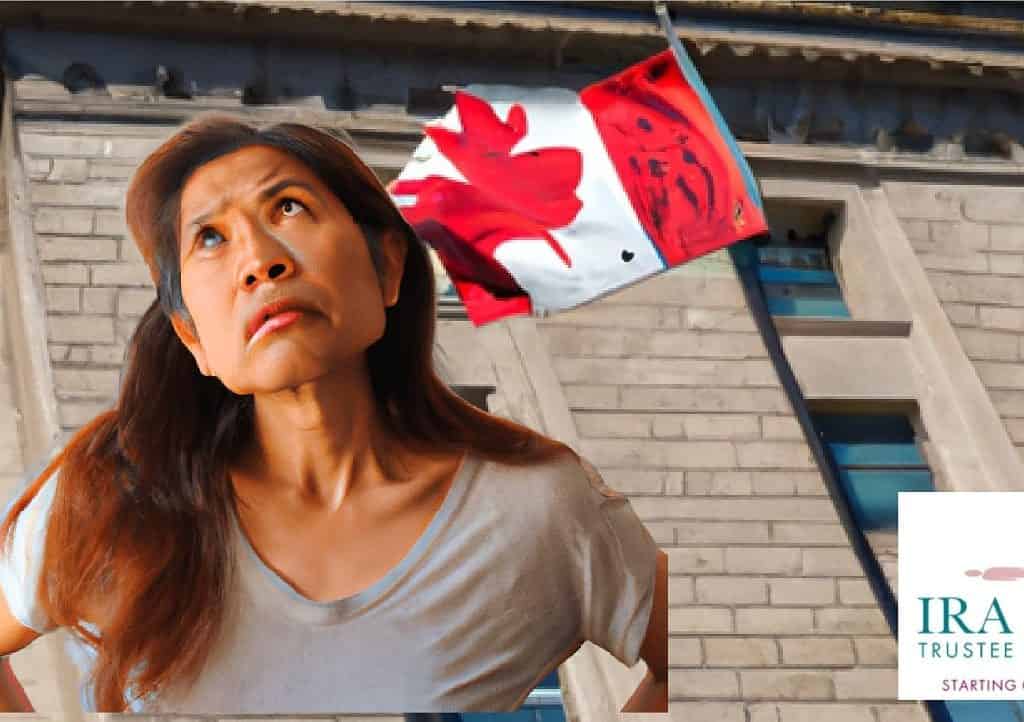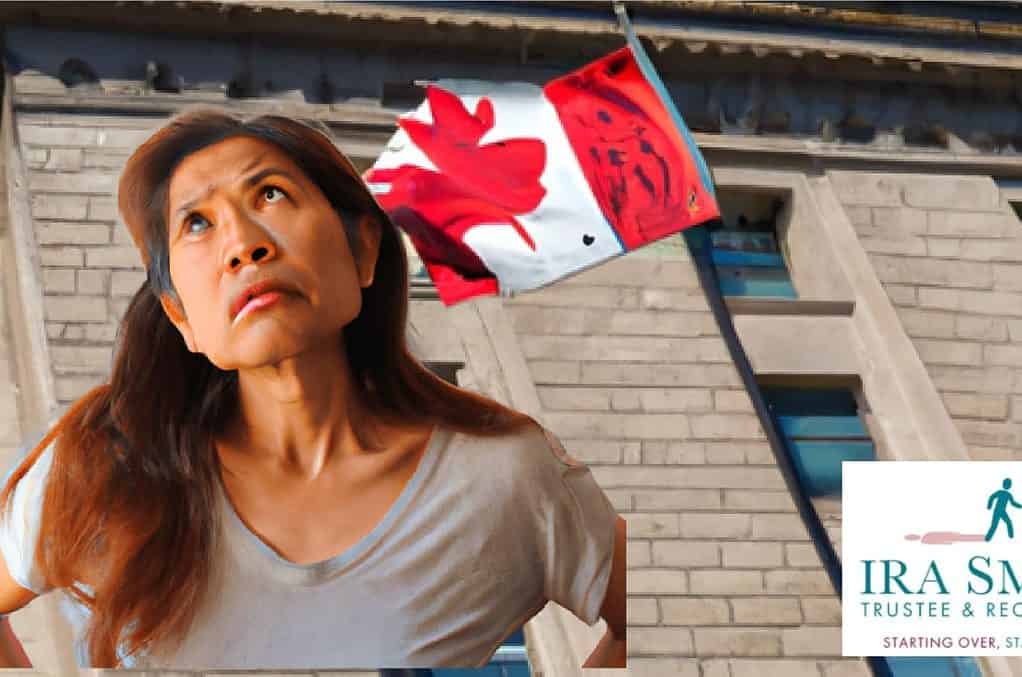- A new phase for the Canada Recovery Benefit
- Canada Recovery Benefit - Closed: How the Canada Recovery Benefit used to work
- Who was eligible for and what were the requirements for Canada recovery benefit?
- Do you know if the Canadian government is giving out any extra money in 2022?
- The Canada Recovery Benefit is now closed and we have entered a new phase
- CRA stated that T4 slips are insufficient proof of income for Canada Recovery Benefit eligibility: The judge agreed with this assessment
- Will I have to repay the Canada Recovery Benefit?
A new phase for the Canada Recovery Benefit
The Canada Recovery Benefit (CRB) was part of the Canadian government’s overall economic recovery programs to help Canadian individuals and businesses during the COVID-19 period. It was a taxable benefit of $500 per week that lasted for up to 26 weeks. It was given to employed and self-employed workers directly affected by COVID-19. The Canada Recovery Benefit gave financial support to eligible workers who could not work and tried to provide some measure of recovery in response to the COVID-19 pandemic. This includes self-employed workers, contract workers, and part-time workers.
Thank you for reading our Brandon's Blog. Check out our AI insolvency bot on this page and don't forget to subscribe!
The benefit was paid out for a maximum of 26 weeks in respect of any application under this program and was available to workers who lost their job, were sick or quarantined, were taking care of someone who was sick with COVID-19, or was caring for children who are not in school because of COVID-19.
We’re in a new phase with the Canada Recovery Benefit now. It was phased out some time ago. Since the money was given out so quickly, there wasn’t any checking to see whether the person applying for this benefit actually qualified. Now the Canada Revenue Agency (CRA), which is in charge of the program, is checking all of the applications.
The CRA is currently investigating all applications for the program to ensure that everyone who received funding met the eligibility criteria. They’re sending out letters asking for proof of eligibility, and if people can’t provide that, they’re asking for the money back. We have done the bankruptcy of several individuals who did not have the money to repay, as they spent it on things like food and shelter.
In this Brandon’s Blog, I explain in more detail what the Canada Recovery Benefit was and describe a recent court decision about someone who CRA demanded the money back from and the kind of proof that CRA is demanding to see if a person met the eligibility criteria.
Canada Recovery Benefit – Closed: How the Canada Recovery Benefit used to work
The Canada Recovery Benefit plan stopped accepting retroactive applications as of December 23, 2021.
The Canada Recovery Benefit was created to help those who have been directly affected by COVID-19 and are not eligible for Employment Insurance. The Canada Revenue Agency is responsible for administering this benefit.
Depending on when you applied for the Canada Recovery Benefit, you may have received either $1,000 ($900 after taxes withheld) or $600 ($540 after taxes withheld) for 2 week periods, for no more than 13 two-week periods. The Canada Recovery Benefit was available between September 27, 2020, and October 23, 2021.
Who was eligible for and what were the requirements for Canada recovery benefit?
The Canada Recovery Benefit was established under federal legislation, the Canada Recovery Benefits Act (S.C. 2020, c. 12, s. 2) To be eligible for the CRB for a 2-week period, you must have met the following conditions:
- A resident of Canada and present in the country during the two-week period being applied for.
- Be at least 15 years old on the first day of the two-week period.
- Have a valid Social Insurance Number.
- Due to the pandemic, either your work has stopped and you are available for work, or you continue to work but have had a 50 percent reduction in your employment/self-employment income in the two-week period as compared to an average two-week period in the previous year.
- Must have had employment and/or self-employment annual income of at least $5,000 in either 2019 or 2020 or in the 12 months preceding a CRB application. Keep in mind if you are self-employed that income losses from self-employment will make you ineligible. Although it was never properly defined, CRA looks at net income, not gross income.
- You have not received EI, the Canada Recovery Sickness Benefit (CRSB) or the Canada Recovery Caregiving Benefit (CRCB).
- During the two-week period being the periods in respect of what was being applied for, the applicant must have looked for work and not placed any undue restrictions on their ability to work.
- Not having quit their job on or after September 27, 2020, or if they did, it must have been for a reasonable reason.
- You must have returned to work when recalled, or not have declined a reasonable offer to work, during the two-week period or the four two-week periods immediately prior (back to September 27, 2020).
- You filed a tax return for the 2019 or 2020 tax year (with certain limited exceptions).
- If your annual net income exceeds $38,000, you will be required to repay a portion of the Canada Recovery Benefit at a rate of 50 cents for every $1 over the limit.
Do you know if the Canadian government is giving out any extra money in 2022?
The federal government announced some changes to the Employment Insurance (EI) program to supplement regular benefits under that program and introduced three new benefits to help people who are transitioning from CRB and other ending benefits.
The federal government realized that Canadians would still need support while they looked for work. The government attempted to transition people who had been receiving the Canada Recovery Benefit to a more flexible EI program for those who qualify, which will provide them with additional features.
The federal government also disclosed 3 new programs for Canadians who don’t qualify for EI. These are all taxable and will be run by the CRA.
All COVID-19 benefits are now finished. The new emergency programs were:
- Canada Worker Lockdown Benefit (CWLB). If you’re a Canadian and could not work because of a lockdown in designated regions, you could have applied for the CWLB starting December 30, 2021. The CWLB was only obtainable when a coronavirus lockdown was announced for your area. If you were eligible, you could have gotten a weekly income of $300 ($270 after tax was deducted at source) for each and every one-week period. The CWLB eligibility period ran from October 24, 2021, to May 7, 2022. The final day to submit the application was May 18, 2022.
- The CRCB was a program that gave workers a weekly income of $500 (taxable, tax deducted at source) for up to 42 weeks in respect of a situation where people couldn’t work for at least 50% of the week because they had to care for a child under 12 or a family member.The need for this benefit arose from the closure of schools, daycares, or care facilities due to COVID-19, or from the child or family member being sick and/or self-isolating or at high risk of serious health complications due to a health condition that made you more susceptible to a significant reaction to COVID-19. This benefit was paid in one-week periods and was available for the period from September 27, 2020, until May 7, 2022. The deadline to file CRCB applications was July 6, 2022.
- The Canada Recovery Sickness Benefit (CRSB). It was a government-funded program that supplied monetary support to workers who were not able to work at least fifty percent of the week due to being ill with the coronavirus, self-isolation, or underlying conditions that placed them in danger of contracting the virus. The benefit paid a maximum weekly income of $500 for a max of 6 weeks. The benefit was paid out in 1-week periods of weekly income and was available from September 27th, 2020 until May 7th, 2022. However, the ability to file for the benefit closed off on July 6th, 2022.

The Canada Recovery Benefit is now closed and we have entered a new phase
Now that the Canada Recovery Benefit program is closed, we are entering a new phase. CRA is reviewing all benefit payments made by each individual and assessing those that CRA feels were not entitled to it, either because of error or outright fraudulent claims. They are demanding that such people provide proof of eligibility and if they can’t, they need to repay the money.
As mentioned before, to be eligible for the Canada Recovery Benefit, you must have had an income level through employment and/or self-employment income of at least $5,000 in either 2019 or 2020 or in the 12 months preceding a CRB application. The case from British Columbia showed what the right evidence is.
Other than confirming what evidence CRA can request, the case was not remarkable. The taxpayer did not help himself by refusing to give CRA additional information other than his T4 slips.
CRA stated that T4 slips are insufficient proof of income for Canada Recovery Benefit eligibility: The judge agreed with this assessment
You would think that if a taxpayer filed their 2019 and 2020 income tax returns showing all employment and self-employment income earned, that is good enough. Unfortunately, it is not. The Canadian income tax act is not the governing legislation; the Canada Recovery Benefits Act (S.C. 2020, c. 12, s. 2) (Act) is.
The legislation in question imposes a duty to disclose information. The extent of this duty is significant; the Act requires that applicants provide the Minister with any information that may be requested in relation to their application. The only arbiter of what is sufficient proof is CRA!
Proof of employment income includes verification through pay slips, employment verification letters, records of employment, bank statements with the employee’s name, address and payroll deposit, and other documentation.
Evidence of self-employment income includes invoices that include the date of service, client name, cost of service, and type of payment received.
Will I have to repay the Canada Recovery Benefit?
I hope you found this Canada Recovery Benefit Brandon’s Blog informative. Is CRA taking collection action against you, including seizing bank accounts?
If you were in receipt of benefits under the Canada Recovery Benefit program and either did not meet the eligibility requirements or cannot prove that you did, then the short answer is YES. We are currently handling the insolvency filings of several individuals who were unable to prove their eligibility to the CRA’s satisfaction.
I know it’s not your fault. You were trying to make ends meet during this COVID-19 period, but you couldn’t do it all on your own. I get why you don’t have the money now.
If you’re an entrepreneur, it’s not uncommon to use unremitted employee source deductions and unremitted HST to finance Canadian businesses of corporate taxpayers during tough economic times. However, falling behind on your CRA payments can create large tax debt that can be difficult to recover from. Although unpaid income tax is not a Director’s liability, unremitted source deductions and GST/HST become a personal liability for tax of the Directors of the company. It is generally too late to protect yourself or try to restructure your financial affairs, once CRA is hounding you with the collection remedies available to them.
As people’s take-home pay fails to keep pace with inflation and mounting financial debt, many people are having a hard time keeping their heads above water. Are you now worried about just how you or your business are going to survive? Are your creditors taking collection efforts and you cannot afford to pay your or your company’s debts? Those concerns are obviously on your mind. Coming out of the pandemic, we are now worried about its economic effects of inflation and a potential recession.
The Ira Smith Team understands these concerns. More significantly, we know the requirements of the business owner or the individual that has way too much financial debt. You are trying to manage these difficult financial problems and you are understandably anxious.
It is not your fault you can’t fix this problem on your own. The pandemic has thrown everyone a curveball. We have not been trained to deal with this. You have only been taught the old ways. The old ways do not work anymore. The Ira Smith Team makes use of new contemporary ways to get you out of your debt problems while avoiding bankruptcy. We can get you debt relief now while explaining our recommendations.
We look at your whole circumstance and design a strategy that is as distinct as you are. We take the load off of your shoulders as part of the debt settlement strategy we will draft just for you. Whatever process we recommend for you, we will do so in order to minimize any cons you may experience.
We understand that people facing money problems require a lifeline. That is why we can establish a restructuring procedure for you and end the discomfort you feel.
Call us now for a no-cost consultation. We will listen to the unique issues facing you and provide you with practical and actionable ideas you can implement right away to end the pain points in your financial life, Starting Over, Starting Now.

